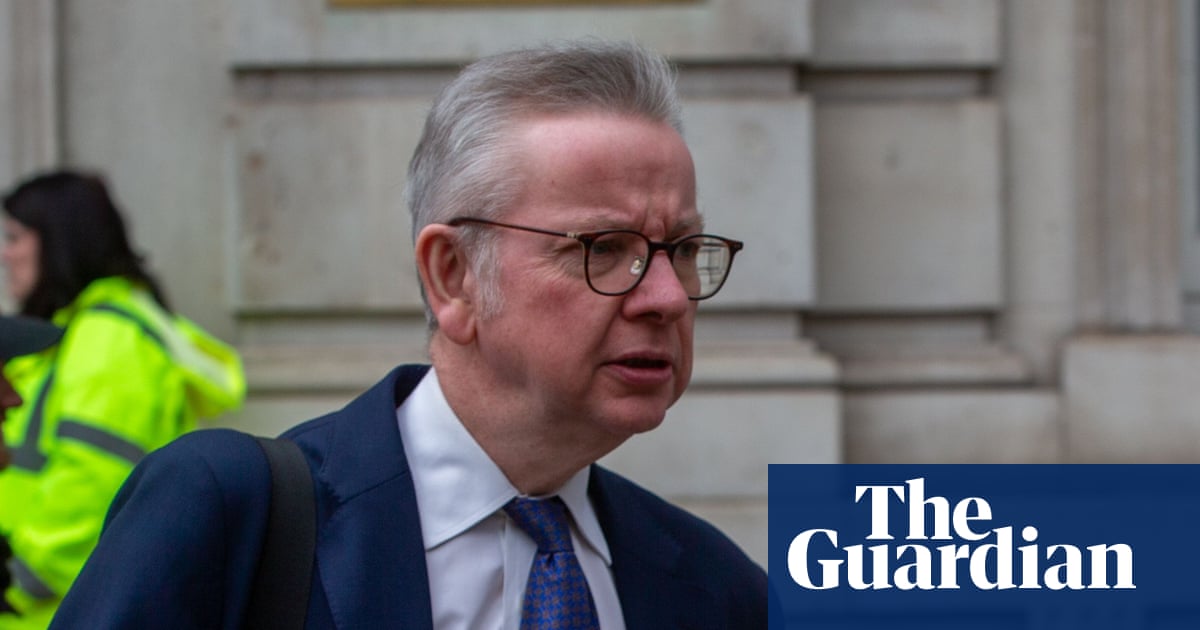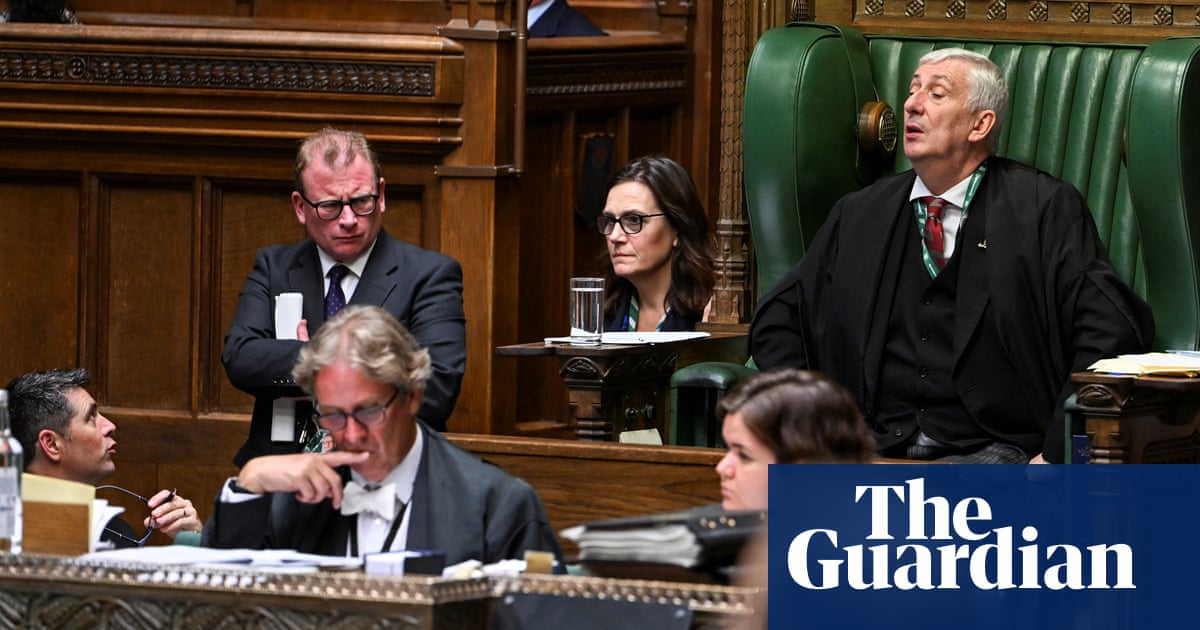
The former boss of Grenfell Tower’s management body repeatedly failed to alert residents and councillors overseeing its work to serious fire safety issues and has admitted to “keeping the board in the dark”.
Robert Black, who was chief executive of the Kensington and Chelsea Tenant Management Organisation (KCTMO) at the time of the fire, did not tell boards at the council and the arm’s-length management body about problems with smoke extractors at Grenfell, a deficiency notice issued by London fire brigade on the tower, or problems with fire doors at another block that suffered a fire.
The public inquiry into the June 2017 fire that killed 72 people heard that Black commissioned a safety management review in 2013 that identified “a lack of leadership at executive level”. It found 39 issues that needed addressing, including more than 1,000 outstanding fire risk assessment actions – essential steps needed to keep residents safe from fire.
However, Black only told a KCTMO board meeting an action plan was being prepared, and did not mention any of the risks and problems highlighted.
When London fire brigade issued a fire safety deficiency notice for Grenfell in March 2014, Black did not mention this in his report to the same board in May that year. Asked at the inquiry whether he could explain why he did not, he agreed that it was “essential” the board should have been told but denied he was deliberately keeping it from them.
In 2010, after a non-fatal fire at Grenfell, the KCTMO established that the smoke extraction system had leaked and caused smoke to spread over eight floors, and that residents had felt trapped in their flats.
Despite this, the formal report to the board about that fire only said that smoke penetrated “a number of floors” and said nothing about residents feeling trapped.
“It’s not really giving the board the full picture,” said Richard Millett QC, counsel to the inquiry. Black, who was in charge of running about 10,000 council homes, including Grenfell, replied: “It would appear to be that, yeah.”
After a fire in October 2015 at another council tower block, Adair House, Black learned that London fire brigade was going to issue deficiency notices relating to fire door closers in the building. But soon afterwards, at a meeting of the council’s housing committee, Black claimed the fire doors “worked well”.
“I should have probably mentioned it,” he said.
Neither did he mention a deficiency notice issued before the fire, or problems with the smoke vents.
“You were keeping the board in the dark,” said Millett. “I wouldn’t do that,” said Black.
“Well, you did,” said Millett. “I accept that,” Black replied.
The evidence came on the second day of the inquiry’s cross-examination of Black, who oversaw the disastrous Grenfell refurbishment that took place from 2014 to 2016. On Wednesday, he blamed staff for allowing the block’s fire safety plan to become 15 years out of date and the failure to account for more than two dozen of the disabled people in the block.
Black was asked about KCTMO’s decision to appoint Carl Stokes to carry out thousands of fire risk assessments. The inquiry has heard that Stokes put letters after his name suggesting professional registrations that he did not have.
“Did you ever stop and ask yourself how a one-man band could possibly perform the role of fire assessor for 650 buildings properly?” asked Millett.
“No,” Black replied. “As chief executive, while this was important, I had other important issues to deal with,” he said. “I was stressed as well.”
In 2014, KCTMO faced a backlog of 1,400 fire-risk actions. Of those, 287 were still outstanding at the time of the fire.
The inquiry continues.












